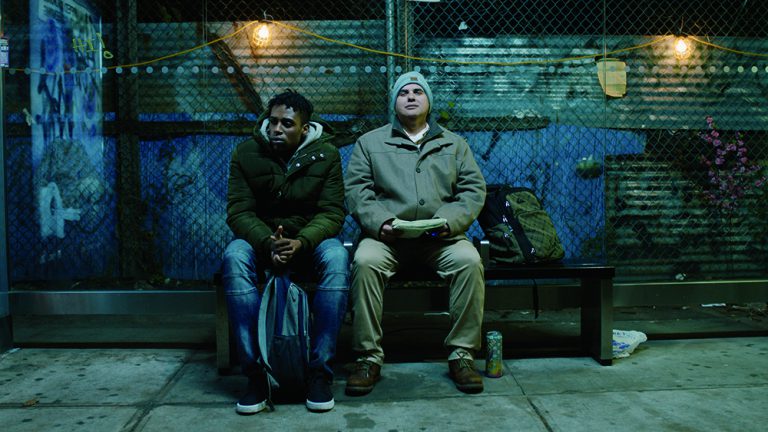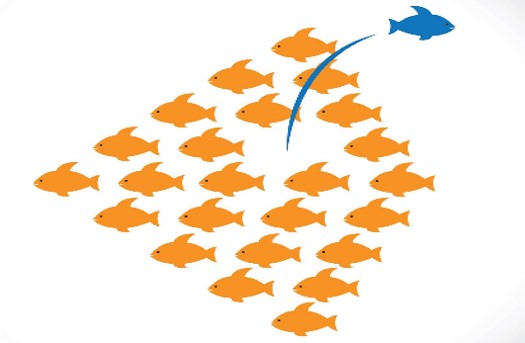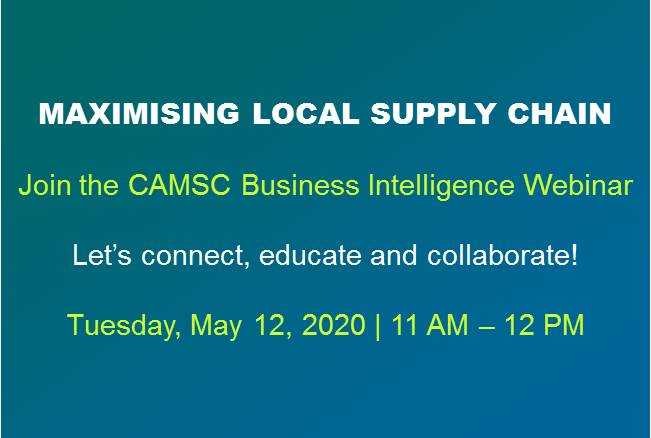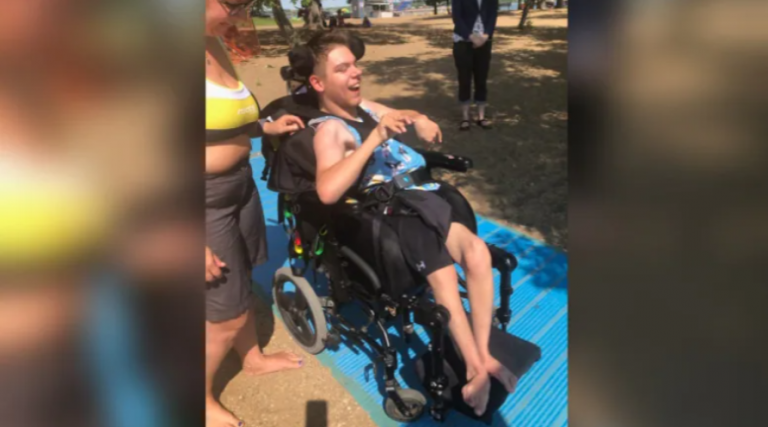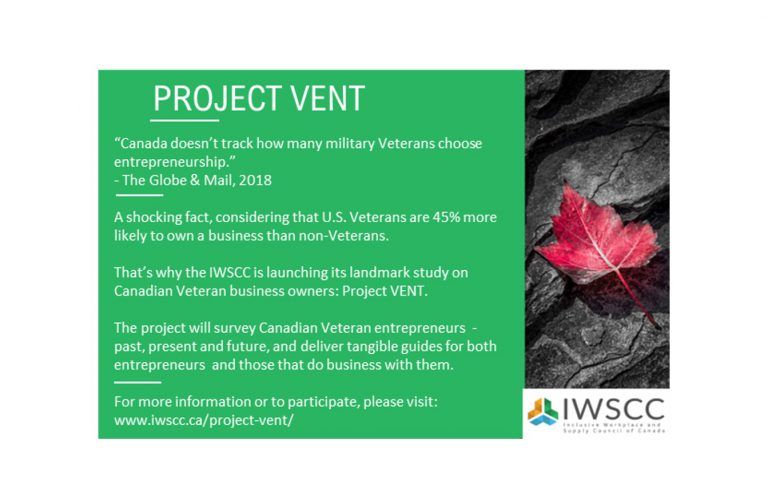How People With Disabilities Are Sticking Together During Covid-19
Rosemary Richings|June 1, 2021
I asked my mom about what happened when the doctors first told her about my disability.
“They gave me a pamphlet,” she said, one that was 15 years out of date, and offered no advice on what we were supposed to do next.
This was before social media and Google, yet despite the lack of support and resources, she still managed to find me accommodations and care.
I have since met people who share my diagnosis, and I’ve witnessed firsthand how these social connections can help overcome stigma, build friendships, and increase access to support services.
When the COVID-19 pandemic swept the world, people with disabilities told me their support networks stopped meeting in-person, and moved completely online. Despite the constraints of social distancing, they said these virtual communities have been critical sources of comfort and resiliency over the past year.
Learning to thrive
I was diagnosed with dyspraxia when I was four years old.
Also known as developmental coordination disorder, dyspraxia is “a disorganization of information from your body to your brain and back again,” according to occupational therapist Susan Madigan. It affects your spatial awareness, your sense of time, and your response to your environment. Dyspraxics find it challenging to tie knots, catch a ball, and multitask. They have poor short-term memory, and are hypersensitive to their surroundings.
My only sources of information about this were doctors who often didn’t fully understand my disability. Most of the information I found was either outdated or too negative about people with disabilities.
The only way I learned how my disability affects all aspects of my life was by making a ton of mistakes.
When I was in school, I failed tests and assignments, and alienated myself from peers, because I cared way too much about what others might think, and was too proud to accept help when I needed it. Once I was old enough to work, I faced similar challenges.
What I learned in both school and the workplace is that focusing on my strengths enhanced my confidence, and my willingness to talk about my weaknesses.
As a volunteer for disability-community initiatives, I discovered that this is a common issue. Those who were thriving were accepted for who they are. Those who were struggling were not yet adequately supported by their peers, co-workers, and friends.
Care, comfort – and inequality
Community helps build knowledge and a meaningful social network that supports its members through every challenge and accomplishment, and provides comfort in times of need.
Don’t underestimate the power of comfort, which can help address the community’s high rates of mental-health conditions.
These conditions often emerge from stigma and toxic stereotypes.
Public figures with disabilities, for example, may seem carefree, successful and wealthy, which can lead well-intended people to ask: “Why can’t you be more like them?”
These are stereotypes that mask real inequalities: Access to care, an urgent priority for all people with disabilities, is not always available to those who need it most.
A stark example of this is Nick Jonas of the Jonas Brothers. Jonas has type 1 diabetes, and is the spokesperson for an organization called Beyond Type One which advocates that “anything is possible” with type 1 diabetes.
Yet this attitude is seen by people with the disease as out of touch with reality. As a wealthy individual, Jonas has access to expensive and high-quality diabetes supplies and care.
Meeting a mother whose son died in his mid-twenties from insulin rationing – because he couldn’t afford his insulin – reaffirmed my belief that “anything is possible” is not actually that simple.
Making the connections
I met Billy Stanley at a Zoom social gathering for people with dyspraxia. A resident of South East England, he founded the support network Dyspraxic Help 4 U in 2019.
“I wanted to highlight the help and entitlements people with dyspraxia could access,” he says. “It was something I felt that the community was lacking and needed.”
Stanley’s work has connected dyspraxics with government financial support programs, and with accommodations at school and work.
People with type 1 diabetes also have a strong online presence with #insulin4all. Chapter members advocate regionally for access to insulin and other essential diabetes needs.
Joanne West, a therapist in Canada and a member of an Ontario #insulin4all chapter, lives in Toronto, where insulin was first discovered.
At chapter events, she says, locals with type 1 diabetes “discuss challenges with accessing insulin and diabetes supplies,” advocate for easier access and lower costs, plan activities, and share campaign updates.
Stanley and West both said their communities fill the gaps in existing support services.
“Too many diabetes organizations emphasize children and families,” West said, which wasn’t helpful when she was diagnosed as an adult. Gaining a peer group meant she had new social connections, and was also able to connect with people working to lower the costs of insulin and make access easier.
For Stanley, his immersion in dyspraxia social media was a lifeline.
“Meeting people from across the planet who have dyspraxia and need help was important,” he said. “The feedback on social media helped me focus on what made a difference to the lives of dyspraxics.”
While social distancing and the pandemic shift to online community has been painful, it has, ironically, had a number of positive effects on accessibility.
Chloe Alice, known online as Deviant Dyspraxic, runs the Dyspraxic Women’s Network, and creates neurodiversity-awareness online content. She said digital platforms have been invaluable for people with disabilities.
“Skype has a live-caption feature which is pretty accurate,” she said. “It improves accessibility for deaf and hard-of-hearing people.”
With video conferencing, respecting a variety of accommodation needs is a lot easier. In-person meetups limit whom you can reach. According to West of #insulin4all, switching from in-person to virtual was a valuable collaboration opportunity.
“We are now able to meet more easily,” she said. “We have attendance from people from across the province of Ontario and Canada as a whole. Our meetings have expanded our understanding of issues diabetics face across Canada.”
Stronger together, and with boundaries
In disability groups, people can be quite shy about admitting they’re going through a tough time. We all need each other’s support, but our memories of not being accepted for who we are never go away.
Anonymity is a lot harder to do in person – but in virtual meetups, you can turn off your camera without judgement.
Krystal Shaw of Dyspraxia Alliance and Dyspraxia Magazine hosts virtual events for both these initiatives. She takes confidentiality and anonymity seriously. Sharing something you said or did never happens without your consent. Showing up with your camera and mic off the whole time is just as valuable as showing up and being the loudest person in the room.
Trolls and bullies remain an issue, but the best support groups make sure these people are not welcome. The majority of participants and organizers genuinely care about helping people, and they don’t have time or energy for this sort of behaviour.
It’s also important to keep in mind that these groups aren’t one-size-fits-all solutions. Some people with disabilities find online platforms a difficult place to access and get their point across.
Yet Billy Stanley found a platform that was not only ideal, but a lot more comfortable than he assumed.
“Before switching to virtual, the idea of video calling would have sent me into cold sweats,” he said, but it turned out online platforms only opened doors. “The conversation changed. We were pooling together to succeed rather than on an individual basis. Followers needed podcasts and fitness workouts to help them through the pandemic.”
Joining a disability meetup may seem intimidating. If that’s the case, Stanley and West are perfect examples of whom you’ll meet.
They both want people who live with their disabilities to have a better quality of life.
Online matters
People with disabilities have a long history of being treated inhumanely, and policies to change this are well-intentioned, but don’t always succeed.
Employment and education statistics vary worldwide, but on a global scale the unemployment rate for people with disabilities is high, and students with disabilities are more likely to drop out of secondary school.
Far too often, we treat disability accommodations like an emotional and financial burden. Yet without support, disabled people can’t reach their full potential at school or work, access meaningful and stable employment, or have their voices heard in influential settings, such as universities, health systems, and art communities.
Online disability communities are safe places where participants help each other find proper accommodations and support, while fighting against societal barriers. These communities have flourished during the pandemic, and will continue to provide hope and support in a world that can often be indifferent to disabled peoples’ rights and best interests.
ABOUT THE AUTHOR
Rosemary Richings is a freelance writer and editor who has worked with organizations such as Spot App, Uptimize, E-bay, and Saatva Mattress Company.
Source: https://www.accessibilitynewsinternational.com/how-people-with-disabilities-are-sticking-together-during-covid-19/


